Windows Update is an essential aspect of the Windows operating system that ensures the security and performance of your computer. The updates are designed to fix bugs, patch security vulnerabilities, and improve the overall performance of your system. However, many users wonder if it's safe to turn off their computer during the Windows Update process.
What Happens If You Turn Off Your Computer During Windows Update?
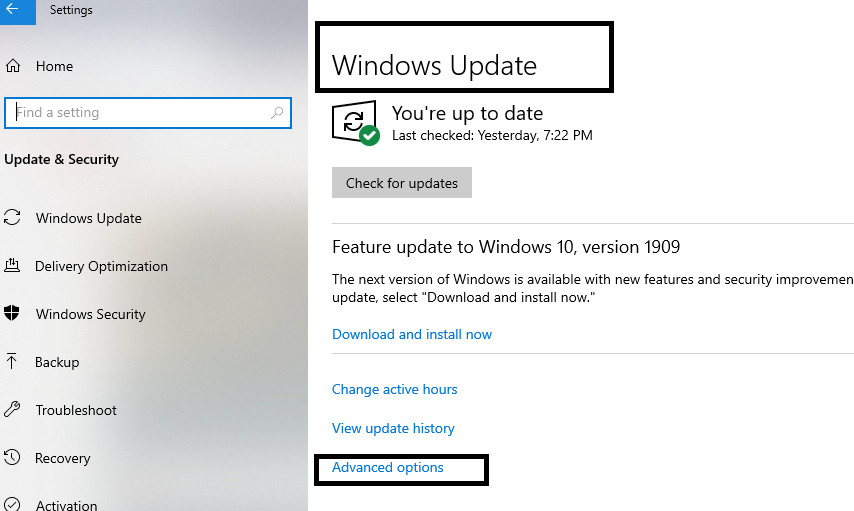
If you turn off your computer while Windows is updating, it can cause serious problems. The update process is designed to modify system files and settings, and if it's interrupted, it can leave your system in an unstable state. This can cause issues like blue screen errors, system freezes, and data loss.
Windows Update typically takes several minutes to complete, depending on the size of the update and the speed of your system. During this time, your computer may restart multiple times, and you may experience slow performance. If you're in a hurry and need to use your computer, it's best to wait until the update has finished before shutting down.
Is It Safe to Restart Your Computer During Windows Update?

If you need to restart your computer during the Windows Update process, it's best to do so using the restart option provided by Windows. This will ensure that the update process is properly completed before the system shuts down. You should avoid using the power button or unplugging your computer, as this can interrupt the update process and cause problems.
It's worth noting that some updates may require you to restart your computer to complete the installation. In this case, Windows will prompt you to restart your computer, and you should follow the instructions provided.
What Should You Do If Your Computer Freezes During Windows Update?
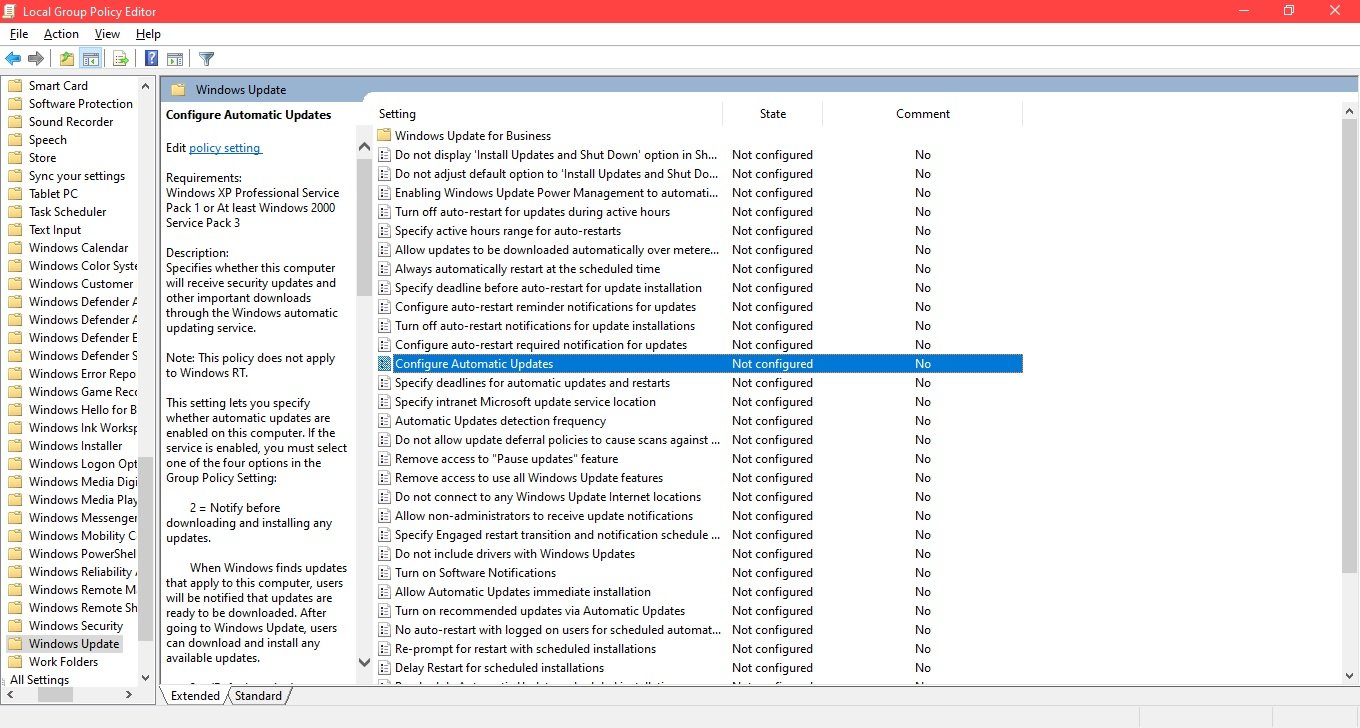
If your computer freezes during the Windows Update process, you may be tempted to turn off your computer or unplug it. However, this can cause serious problems and should be avoided. Instead, you should try the following steps:
- Wait for at least 30 minutes to see if the update process completes.
- If your computer is still frozen, try pressing the Ctrl + Alt + Delete keys to open the task manager.
- In the task manager, find the Windows Update process and end it.
- After ending the Windows Update process, restart your computer.
If these steps don't work, you may need to seek professional help or reinstall the Windows operating system.
Conclusion
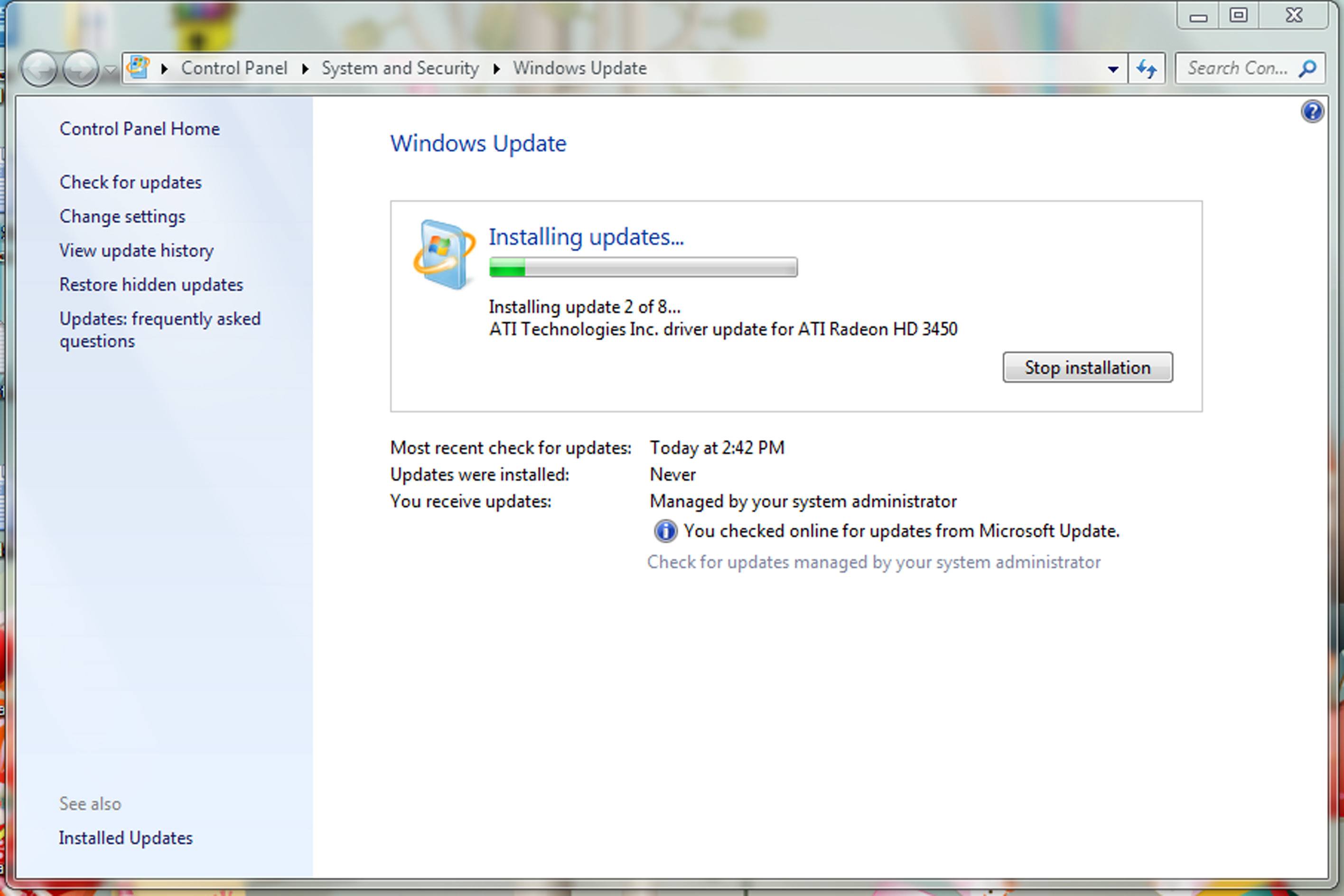
While it may be tempting to turn off your computer during the Windows Update process, it's important to avoid doing so. Interrupting the update process can cause serious problems, including data loss and system instability. If you need to restart your computer during the update process, be sure to use the restart option provided by Windows. If your computer freezes during the update process, try the steps outlined above before seeking professional help.
Related video of Can I Turn Off My Computer During Windows Update?

Introduction
If you're a Harley Davidson owner, you might have wondered if running straight pipes on your motorcycle is a good idea. Straight pipes are basically muffler-less exhaust systems that allow the exhaust gases to exit the engine without any restriction. This results in a louder exhaust note and a slight increase in performance. In this article, we'll discuss whether or not running straight pipes on your Harley is a good idea.
The Pros of Running Straight Pipes

The biggest advantage of running straight pipes is the sound. Straight pipes produce a louder and more aggressive exhaust note that is sure to turn heads. If you're someone who enjoys the attention and likes to make a statement, then straight pipes are definitely for you.
Another advantage of running straight pipes is the slight increase in performance. Since there are no mufflers to restrict the flow of exhaust gases, the engine can breathe more freely, resulting in a slight increase in horsepower and torque.
The Cons of Running Straight Pipes

The biggest disadvantage of running straight pipes is the noise. While some people love the sound of a loud exhaust, others find it annoying and disruptive. If you live in a residential area or frequently ride in areas with noise restrictions, then straight pipes might not be the best option for you.
Another disadvantage of running straight pipes is the lack of backpressure. Mufflers are designed to create backpressure, which helps to scavenge the exhaust gases from the engine. Without backpressure, the engine may not run as efficiently and could even suffer from decreased performance or premature wear and tear.
The Legal Implications

It's important to note that running straight pipes may not be legal in all areas. Many states and municipalities have noise regulations that prohibit the use of excessively loud exhaust systems. If you're caught violating these regulations, you could be subject to fines or even have your motorcycle impounded.
Before installing straight pipes on your Harley, be sure to check your local laws and regulations to ensure that you're in compliance.
Conclusion
So, can you run straight pipes on your Harley? The answer is yes, but it's not always the best idea. While straight pipes can provide a louder exhaust note and a slight increase in performance, they also come with some disadvantages, including excessive noise and decreased performance. Additionally, running straight pipes may not be legal in all areas, so be sure to check your local laws and regulations before making any modifications to your motorcycle.
Related video of Can I Run Straight Pipes On My Harley?

Chocolate is one of the most beloved treats all over the world. It’s a delicious and indulgent snack that can satisfy anyone's sweet tooth. However, as much as we love chocolate, it can be harmful to our furry friends, dogs. If you're a dog owner, you might be wondering if it’s safe to give your pet chocolate. The quick answer is no, you should never give your dog chocolate.
Why is Chocolate Dangerous for Dogs?

Chocolate contains a chemical called theobromine, which is toxic to dogs. Theobromine is a stimulant that affects the central nervous system, cardiovascular system, and respiratory system. Dogs metabolize theobromine much slower than humans, which means that it stays in their body for a more extended period, leading to more severe health issues.
The amount of theobromine in chocolate varies depending on the type of chocolate. The darker the chocolate, the more theobromine it contains. For example, white chocolate has the least amount of theobromine, while baking chocolate and cocoa powder contain the most.
What Happens if My Dog Eats Chocolate?

If your dog ingests chocolate, they will begin to show signs of toxicity within a few hours. The symptoms of chocolate poisoning in dogs include vomiting, diarrhea, restlessness, hyperactivity, rapid breathing, muscle tremors, seizures, and even death.
The severity of the symptoms depends on the amount of chocolate ingested and the size of the dog. Small dogs are more susceptible to chocolate toxicity because it takes a smaller amount of chocolate to cause harm.
What Should I Do if My Dog Eats Chocolate?
If you suspect that your dog has eaten chocolate, you should contact your veterinarian immediately. The vet will ask you about the type and amount of chocolate your dog has consumed and may advise you to induce vomiting.
If your dog is showing severe symptoms, such as seizures or difficulty breathing, the vet may recommend hospitalization. It’s essential to seek medical attention for your dog as soon as possible to prevent further complications.
What Can I Give My Dog Instead of Chocolate?

If you want to treat your dog, there are plenty of safe alternatives to chocolate. You can give them dog-friendly treats like carrots, apples, peanut butter, or even dog-specific snacks that are widely available in pet stores.
Remember, chocolate is never a safe treat for your dog. It’s always essential to keep any chocolate products out of their reach to prevent accidental ingestion.
Conclusion
In conclusion, chocolate is never a safe treat for dogs. It contains a chemical called theobromine that is toxic to dogs and can cause severe health issues. If your dog has eaten chocolate, it’s crucial to seek medical attention immediately. As a responsible dog owner, you should always keep any chocolate products out of their reach and opt for safe and healthy alternatives.
Related video of Can I Give My Dog Chocolate?
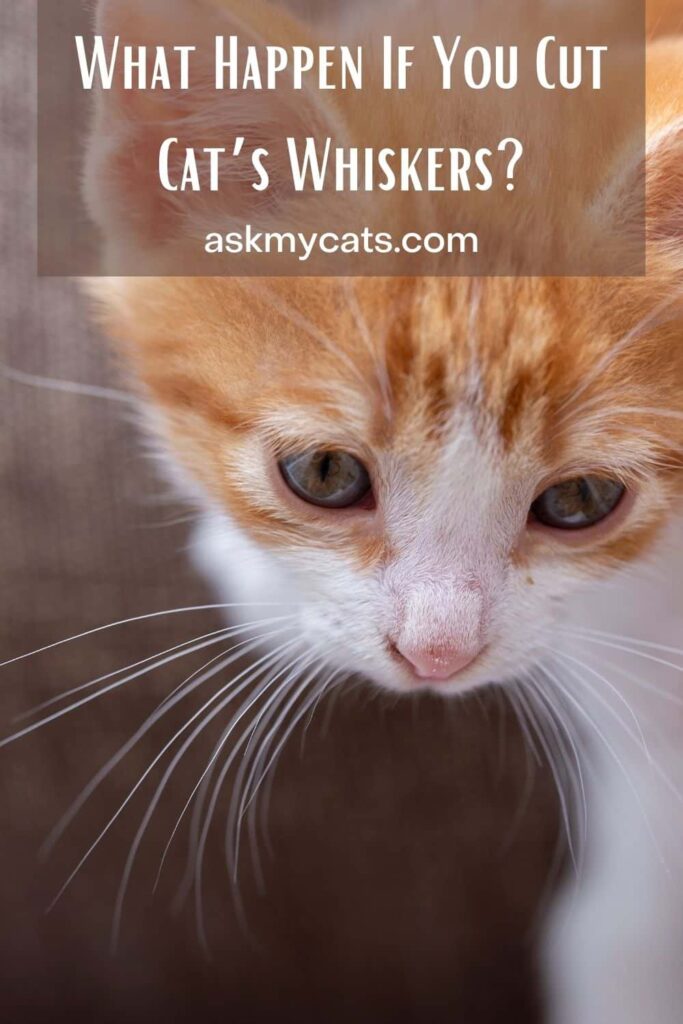
Cat whiskers are an important part of a cat's anatomy. They are long, stiff hairs that grow on the face, above the eyes, on the cheeks, and on the chin. They are highly sensitive and help cats to navigate their environment, determine the size of objects, and even communicate with other cats.
Why Do Cats Need Whiskers?

Whiskers are a vital sensory tool for cats. They can detect changes in air currents, which helps cats to determine the location, size, and shape of objects around them. This is especially important in the dark or when navigating tight spaces.
Whiskers also help cats to communicate with other cats. They use their whiskers to express their mood, show aggression, or display affection.
Is It Safe to Cut Cat Whiskers?

No, it is not safe to cut a cat's whiskers. Whiskers are deeply rooted in a cat's skin and are connected to sensitive nerves. Cutting a cat's whiskers can cause pain, discomfort, and confusion. It can also disrupt their sense of balance and coordination, making it difficult for them to navigate their environment.
In addition, cutting a cat's whiskers can cause behavioral changes. It can make them more anxious, aggressive, or timid. It can also affect their ability to groom themselves properly, which can lead to skin infections and other health problems.
When Can Cat Whiskers Fall Out?

Cat whiskers can fall out naturally as part of the shedding process. However, it is important to note that whiskers do not grow back immediately. It can take several months for a new whisker to grow in its place.
If a cat's whiskers fall out due to injury or illness, it is important to seek veterinary care. Whisker loss can be a sign of an underlying health condition, such as a skin infection or a hormonal imbalance.
How to Care for Cat Whiskers

Caring for your cat's whiskers is easy. Simply keep them clean and dry. Avoid touching or pulling on them, as this can cause discomfort or pain.
Provide your cat with a healthy diet and plenty of exercise to help keep their whiskers in good condition. A healthy diet can promote strong hair growth, while exercise can help to stimulate blood flow and promote overall health.
Conclusion
Cat whiskers are a unique and important part of a cat's anatomy. They are highly sensitive and help cats to navigate their environment, determine the size of objects, and even communicate with other cats. Cutting a cat's whiskers is not safe and can cause pain, discomfort, and confusion. It is important to care for your cat's whiskers by keeping them clean and dry, and providing them with a healthy diet and plenty of exercise.
Related video of Can I Cut Cat Whiskers?

Introduction
Dog food is a type of food that is specifically formulated and intended for consumption by domestic dogs. It usually contains a blend of various ingredients, such as meat, grains, vegetables, and vitamins. But, can humans eat dog food? In this article, we will explore the answer to this question.
What is in Dog Food?
As mentioned earlier, dog food is made up of various ingredients, including meat, grains, vegetables, and vitamins. The specific ingredients and their proportions vary depending on the brand and type of dog food. Some dog foods contain more meat, while others contain more grains and vegetables.
Is Dog Food Safe for Humans?
While dog food is safe for dogs to consume, it is not recommended for human consumption. The main reason for this is that dog food is not designed to meet the nutritional needs of humans. It may contain ingredients that are harmful to humans or may be difficult for humans to digest.
What Happens if Humans Eat Dog Food?
If humans consume dog food, they may experience gastrointestinal problems, such as nausea, vomiting, and diarrhea. This is because dog food is formulated to meet the nutritional needs of dogs, not humans. Additionally, some dog foods may contain ingredients that are toxic to humans, such as onion or garlic.
Why Would Humans Want to Eat Dog Food?
There are some reasons why humans might consider eating dog food. For example, some people may be curious about the taste, while others may be looking for a cheap source of protein. However, these reasons are not valid, as dog food is not intended for human consumption.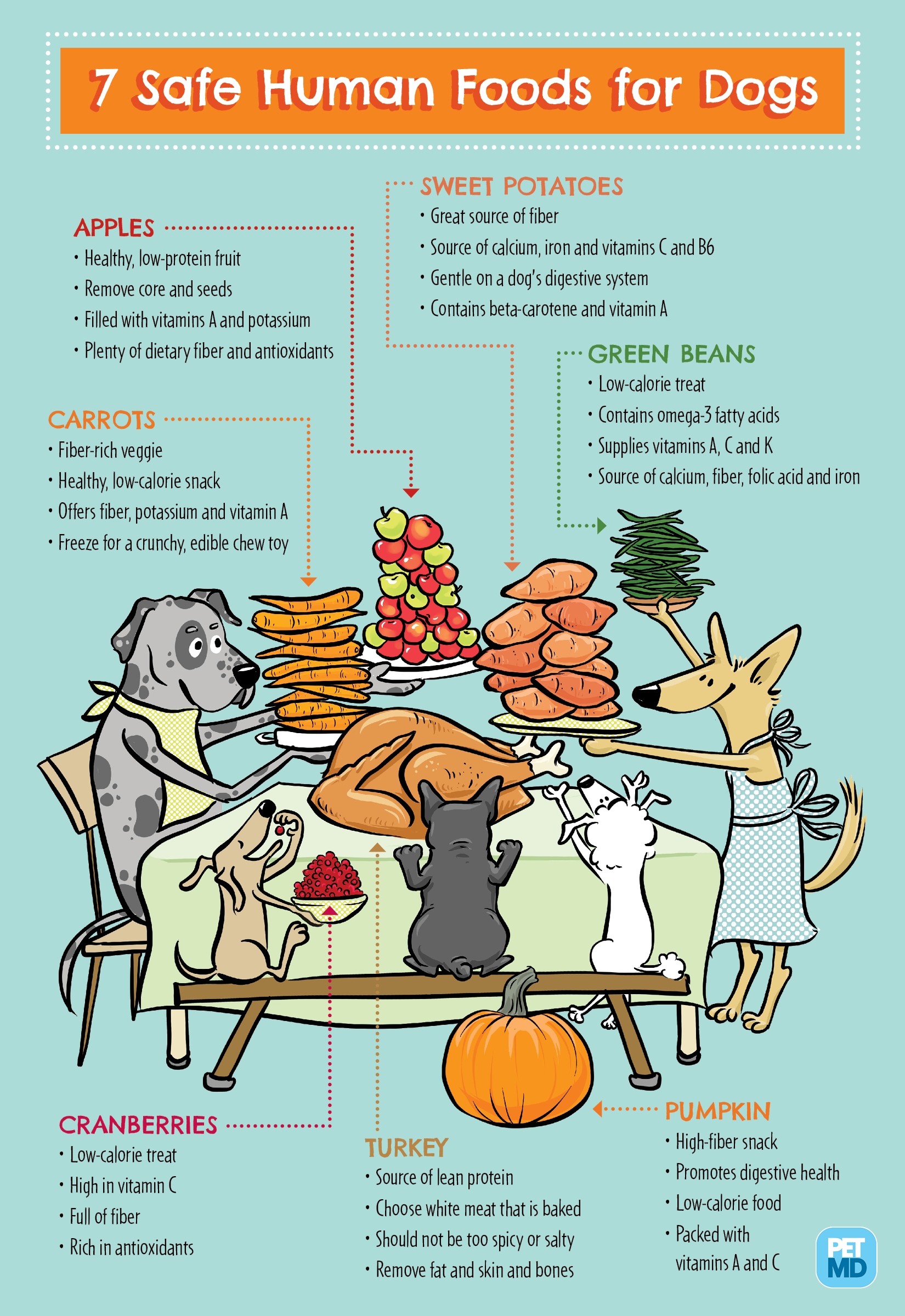
Can Humans Eat Dog Treats?
While dog food is not recommended for human consumption, some dog treats may be safe for humans to eat. For example, some dog treats are made with human-grade ingredients and may be free from harmful additives. However, it is still important to exercise caution and read the label before consuming any dog treats.
Conclusion
In conclusion, humans should not eat dog food. While it may be tempting to try for various reasons, the risks outweigh the benefits. Dog food is formulated to meet the nutritional needs of dogs, not humans, and may contain ingredients that are harmful to humans. If you are looking for a cheap source of protein, there are many other options available that are safe for human consumption.Related video of Can Humans Eat Dog Food?

Glass is a common material that is used in our everyday lives. From the windows in our homes to the screens on our smartphones, glass is all around us. But have you ever wondered if glass can catch on fire?
What is Glass Made of?

Glass is a solid material that is typically made by heating a mixture of silica (sand), soda, and lime to a high temperature until it melts and then cooling it rapidly. The exact composition of glass can vary depending on its intended use, but most glasses are made up of around 70% silica, with the remaining 30% consisting of various other ingredients.
Can Glass Burn?

While glass is not flammable and cannot catch on fire, it can melt and even evaporate when exposed to high enough temperatures. This is because the bonds that hold the atoms in glass together become weaker as the temperature increases, causing the glass to gradually soften and eventually turn into a liquid.
What Happens When Glass is Heated?
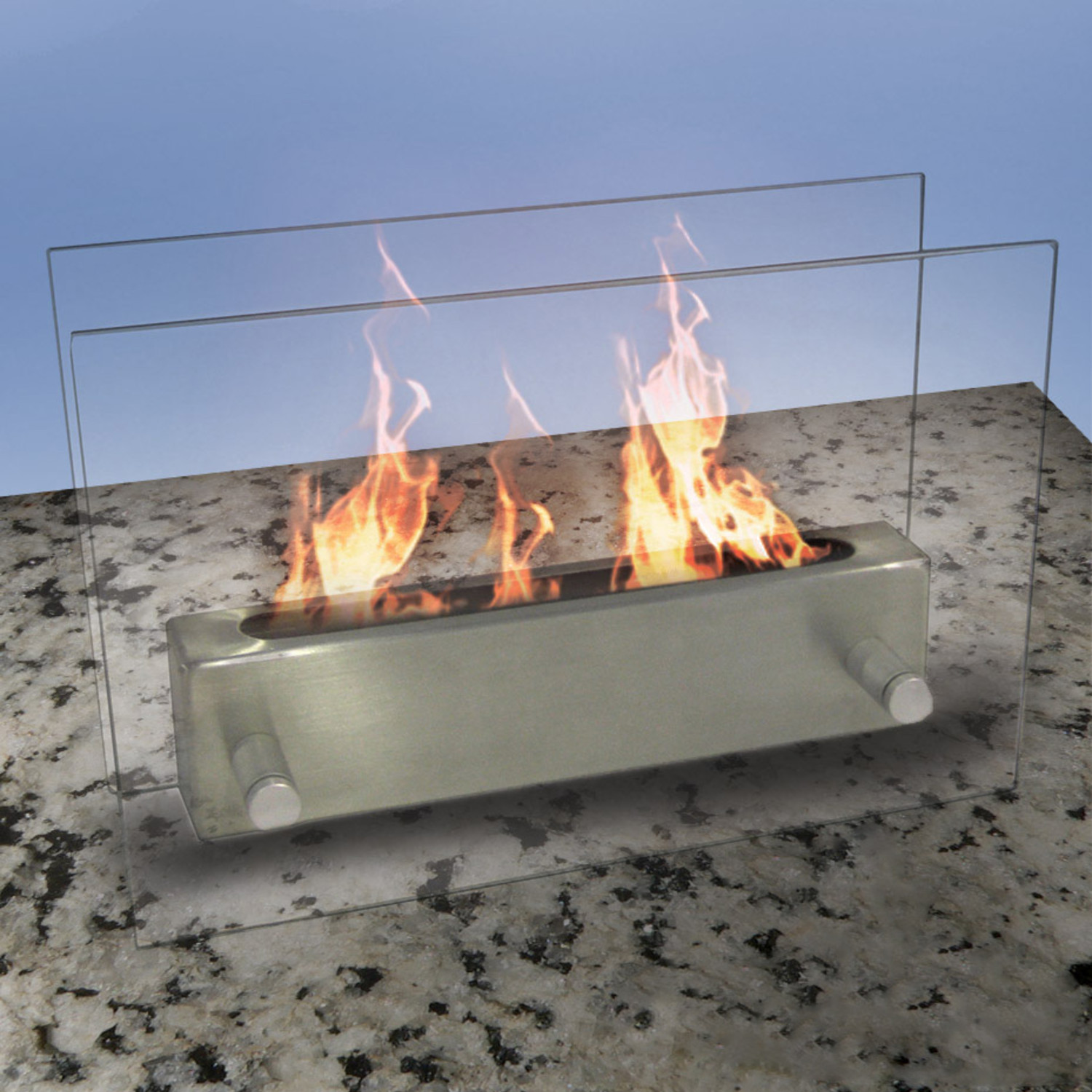
When glass is heated, its molecules begin to vibrate more rapidly, causing them to collide with one another and transfer energy. This energy causes the glass to gradually heat up and expand, and if the temperature gets high enough, the glass will eventually soften and start to deform.
Can Glass Explode When Heated?
In some cases, glass can even explode when heated due to thermal shock. This happens when the glass is heated unevenly, causing different parts of the glass to expand at different rates. This can create stress within the glass, which can eventually cause it to fracture and break apart.
What Causes Glass to Melt?
/cdn.vox-cdn.com/uploads/chorus_image/image/61165875/shutterstock_170915999.0.jpg)
Glass melts when it is heated to its melting point, which is typically around 1400-1600 degrees Celsius (2552-2912 degrees Fahrenheit) for most common types of glass. At this temperature, the bonds that hold the atoms in the glass together become weak enough that the glass turns into a liquid.
Can Glass Burn in a Fire?

While glass cannot burn, it can still be damaged by fire. When exposed to high temperatures, glass can crack, shatter, or even melt. This is why buildings are often equipped with fire-resistant glass, which is designed to withstand high temperatures and protect occupants from the spread of fire.
What Happens to Glass in a House Fire?

In a house fire, glass windows and doors can become extremely hot and even crack or shatter due to thermal shock. This can allow flames and smoke to enter the building, making it more difficult for occupants to escape. Fire-resistant glass can help to prevent this by providing a barrier that can withstand high temperatures and prevent the spread of fire.
Conclusion
While glass cannot catch on fire, it can still be damaged by high temperatures and thermal shock. Fire-resistant glass is an important safety feature in buildings and can help to prevent the spread of fire and protect occupants from harm.
Related video of Can Glass Catch On Fire?
ads
Search This Blog
Blog Archive
- August 2022 (17)
- July 2022 (30)
- June 2022 (30)
- May 2022 (31)
- April 2022 (31)
- March 2022 (30)
- February 2022 (28)
- January 2022 (32)
- December 2021 (6)
About Me
